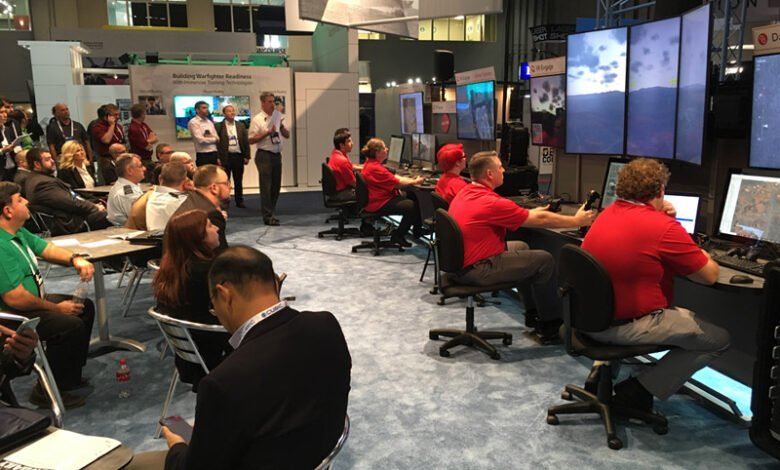Things to Know about Simulation Software

A simulation is a replica of a real-world process in an environment that is disconnected from its real-world counterpart. It can be easily understood with an example:
Imagine building a model at a retail store. You plan rules for how people will interact, when supplies will be delivered, rush hour, downtime, and everything else in order to build an accurate model of that real-world retail site.
You will use that model in simulation software to see the results to implement such rules against variables like late supply shipment or a Black Friday surge. There are three main situations in which you can use simulation models, including
- When you lack data that is common when studying historical events
- When your business processes are complex to analyze via traditional methods
- When you want to experiment in a low-cost, risk-free environment
Such situations appear self-explanatory, but there are several advantages to run a simulation model that is explained below:
Advantages of Simulation
Flexibility
You can simulate different things. Right from business operations to training aircraft pilots, there are enough existing and potential applications for simulation systems. When talking about simulation modeling, you can choose it to capture insights in mining, retail, manufacturing, supply chain management, logistics, and so on.
Test large or complex system
If you have sufficient computing power, you can simulate complex scenarios like the day-to-day operations of an airport via an overall quarter or a city traffic grid. It does not matter how many rules you insert into the system. If you have the requisite computing power, you can simulate it easily.
In the present times, simulating large-scale environments like airports is the norm. The major difference lies in how to model and analyze simulations.
Disconnecting from the real world counterpart
With the help of simulation software, you can bring copious amounts of insights without a real world system. It is an important benefit for large-scale environments.
Whether it airports, global shipping and distribution activities, mining operations, or aircraft assembly, all of them are multi-billion-dollar operations.
Inserting in a complex, large-scale process can result in delays and quality assurance issues to the hundreds of millions of dollars.
With the help of simulation, you can test your changes before they are implemented in the real world. You can get an overview of potential risks in advance and prepare for them.
Examine the impact of different, interrelated variables
It is common for challenging operations to involve different elements. For instance, in manufacturing, you rely on hundreds or thousands of machines, a logistics chain, suppliers, human labor, access to materials, and many more.
With the help of simulation software, you can get an understanding of how your manufacturing operations will be affected as a result of a variable like bad weather, a worker strike, a political crisis in a region that supplies raw materials, and others.
It is useful information for decision-makers, executives, and shareholders who are checking project proposals as well as changes to their existing systems.
Test for complications
Whether it the induction of a new machine in any factory or a new administrative process, you can test to check out if it works as intended through simulation modeling. Moreover, you can check out potential complications and incorporate solutions before implementing your change in the real world.
Hence, simulation modeling offers several advantages to businesses. If it can be summarized into one idea, it can be predicting the outcome of your actions before they happen in the real world.




